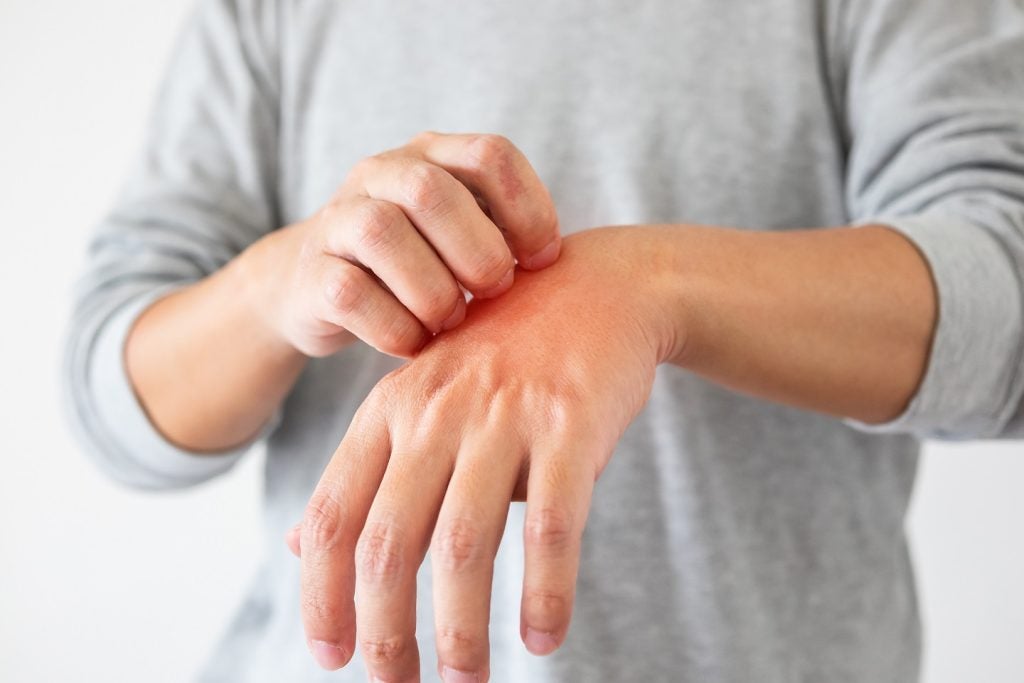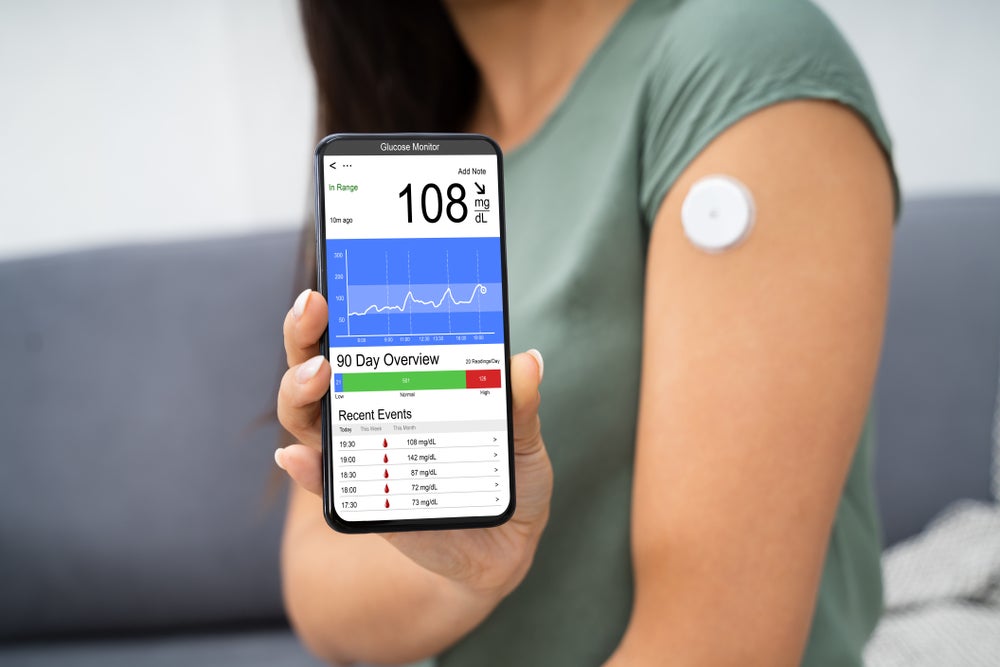Women have long relied on patches for contraception, hormone replacement therapy (HRT), and even menstrual tracking. Though they’re not a new concept, recent innovation is pushing the boundaries of what wearable technology can achieve in women’s health - from breast ultrasounds to the treatment of low libido in post-menopausal women.
Wearables are already transforming healthcare with real-time health tracking, early detection, and chronic disease management. These non-invasive devices enable continuous monitoring and remote care, making health data accessible. GlobalData forecasts that the wearable technology market will grow from $99.5bn in 2022 to $290.6bn in 2030, globally.
At the same time, femtech is gaining attention as a burgeoning sector within the healthcare industry, focusing on technology-driven solutions tailored to women’s health needs.
Among the reasons why patients may choose patches compared to other devices or drug delivery mechanisms is they can offer patients a localised and non-invasive treatment option. Additionally, they are easy to apply and are generally discreet, which is an important factor for women who may not want to use items like hot water bottles for pain relief when they are at work or in public.
Early detection and preventative care
Following the loss of her aunt to breast cancer, Canan Dagdeviren, an associate professor at the Massachusetts Institute of Technology’s (MIT’s) media lab, began to draft out a design for a breast ultrasound scanner that can be attached to the breast via a patch.
“The ultrasound bra came to reality with the hope that it can scan anyone’s breast at home without a skilled operator. So that you can simply wear it underneath your bra,” said Dagdeviren.
To make the device wearable, the researchers designed a flexible, 3D-printed patch, which features honeycomb-like openings. The ultrasound scanner fits inside a small tracker that can be moved to six different positions, allowing the entire breast to be imaged. The scanner can also be rotated to take images from different angles and doesn’t require any special training to operate.
The patch is intended for use in conjunction with standard mammogram screening, however, it can offer women who are at higher risk of developing breast cancer an option to screen themselves more frequently, without exposing themselves to harmful radiation, explained Canan.
The pilot study effectively validated the potential of this patch in real-world scenarios. In testing with a 71-year-old woman having a history of breast cysts and a BMI of 37, the patch successfully detected cysts as small as 0.3cm in diameter. Image quality from the device rivalled that of traditional ultrasound, with the added capability of imaging breast tissue up to 8cm deep.
As well as being more comfortable and less invasive for the patient, it could also reduce the burden on hospitals and doctors by providing an initial screening tool that can be used by the patient in their own home.
“Female technologies have not received enough attention and funding, even in this century. So, I believe it is the time that we should really be focused on it, and that’s why I am,” emphasised Dagdeviren.
Addressing the gender pain gap
One of the most common applications of patches in healthcare is pain management. Opioid patches are often given to patients to relieve severe and persistent pain, which provide a controlled dose around the clock.
Increased awareness around female health and the gender pain gap – the phenomenon in which pain in women is more poorly understood and mistreated compared to the pain in men – is bolstered by the emergence of patches that are specifically designed to relieve pain associated with conditions such as endometriosis, and the menstrual cycle.
One device, dubbed Myoovi, uses a wireless transcutaneous electrical nerve stimulation (TENS) machine attached to a patch. It is designed to alleviate abdominal pain by delivering mild electrical impulses to the skin, either below the belly button or on the lower back. These impulses block pain signals from reaching the brain and stimulate the release of endorphins, the body’s natural painkillers.
Myoovi is made by a Manchester-based start-up of the same name. The start-up was founded by doctors who “understand the medicine of menstrual health, but also appreciate that the current systems are failing many people with periods”.
“Women generally just put up with pain or make do with whatever solutions are there, because there isn’t much that is specifically created for them,” said Hemang Patel, co-founder of BeYou, a brand that develops pain patches infused with natural ingredients for menstrual and endometrial pain.
Patel said that BeYou’s pain patches, which are infused with menthol and eucalyptus, provide an alternative for women who can’t take or don’t want to rely on medications for the management of their pain. The patches can last on the skin for up to twelve hours, compared with having to constantly refill a hot water bottle.
A testosterone patch for post-menopausal women
A UK-based company leading in the transdermal patch sector is Medherant, which uses its TEPI patch technology to deliver a range of already-approved drugs.
Karolina Afors, medical director at Medherant identified an unmet need and market opportunity for an approved testosterone patch targeted specifically for women.
Though testosterone is not the first hormone that comes to mind in women’s health, it has been shown to have a significant influence on libido and brain processing in women. Levels of this hormone drop during perimenopause and menopause, meaning some women find testosterone replacement can help to alleviate symptoms.
Many women around the world are prescribed off-label testosterone gel to treat hypoactive sexual dysfunction disorder (HSD). But Afors says that there is a need for an approved testosterone patch on the market.
“Testosterone for management of HSD, in postmenopausal women is advocated by specialists in the field, there's a global consensus statement on it. This isn't anything new. It's just that we don't have a licensed product,” said Afors.
Afors explained that patches can be safer and more convenient compared to gels, which can be messy and difficult to dose. Additionally, patches are better for activities such as swimming and reduce the risk of transference to others, especially mothers with young children.
Preliminary data from a Phase I study showed that the testosterone TEPI Patch demonstrated the delivery of testosterone to post-menopausal women, to achieve blood levels similar to those in pre-menopausal women. Results found that the patch was well-tolerated and demonstrated excellent wearability.
Medherant is continuing discussions with the Medicines and Healthcare products Regulatory Agency (MHRA) to guide the regulatory pathway for the product, with a confirmatory pharmacokinetic study planned next year.
“Everybody talks about women's health and investing in women's health. But they don't actually put their money where their mouth is sometimes. We should be able to have more tailored personalised medicines according to our needs, and not just according to a male version,” concluded Afors.















